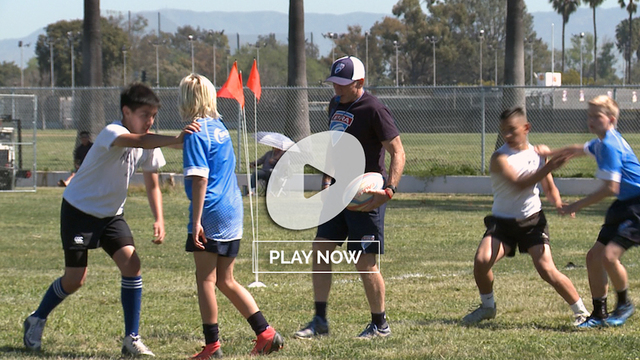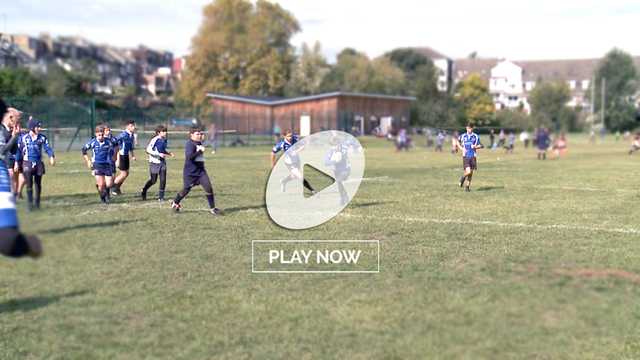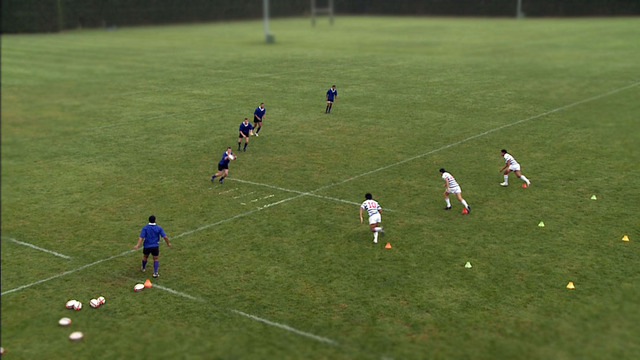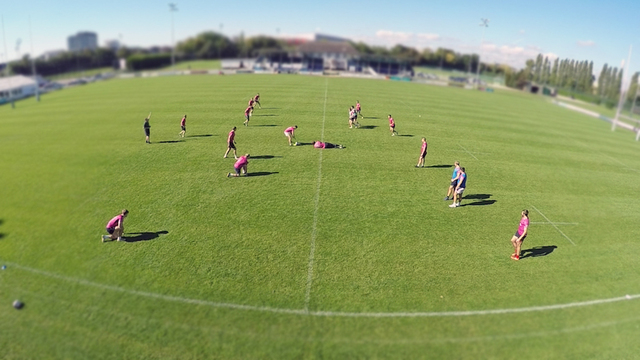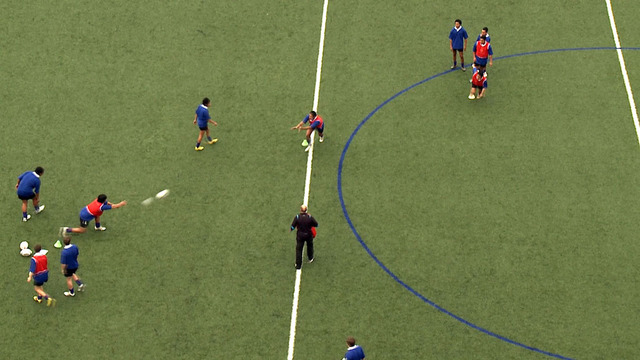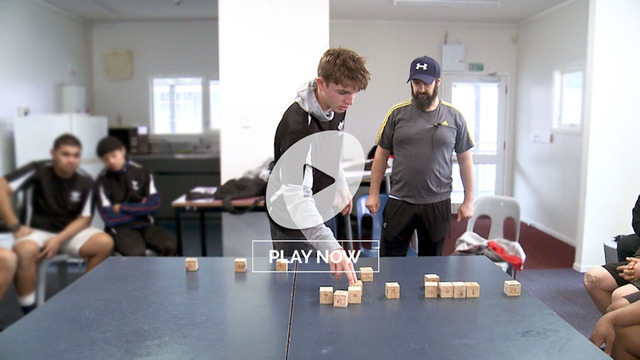Attacking presence in the so-called ‘red zone’ deep inside the opposition 22m area generally means only one thing: offensive claustrophobia. The wings play up and flat and there are usually 14 defenders manning the line. It can be intimidating and force the attacking side back into its shell.
More often than not, the attack tends to resolve into a series of pick & goes or one-out plays through the forwards, as ambition shrinks along with the space available.
The first-round match between France and Wales in the 2025 Six Nations illustrated why it is important to open the mind and keep all options open, even when you are achingly close to the goal-line. Les Bleus scored twice from cross-kicks within 10 metres of the Welsh goal-line, despite the risk associated with making a kick so close to the in-goal area.
The first example occurred in the 18th minute of the first half:
There are two important defensive keys for the potential kicker to read:
1 he needs to check where the full-back [or acting full-back] is positioned. If he is defending inside the first receiver, like Wales #15 Liam Williams, he cannot reach the corner of the field, and the kick is ‘on’
2 he must assess the positioning of the edge defender, and drag him upfield, and away from the target area. In this case wing Josh Adams moves up and looks in on #9 Antoine Dupont as he shuffles across field, and that creates space in behind him for the kick to #14 Theo Attisogbe.
France launched a similar play off #10 rather than #9 for their penultimate try of the game:
The scrum-half first checks that the acting full-back [Adams] is standing inside first receiver, then two passes equal one ‘Dupont shuffle’, pulling the last defender out and up before the kick is launched to the left. There is an element of risk – the ball bounces before it is collected – but the cards are still stacked in favour of the attack.
Summary</b
Volunteering to lose control of the ball in hand may be counter-intuitive in the red zone, but it can offer the cleanest outcomes. With defenders stacked on the line and looking to rush up and disrupt the play, the rapier is often a better option than the bludgeon, and a well-conceived kick superior to pure blunt force.



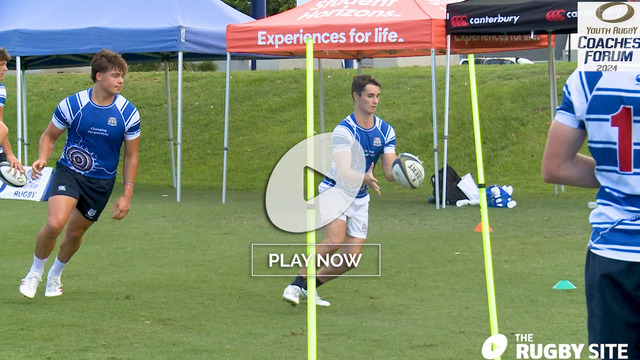
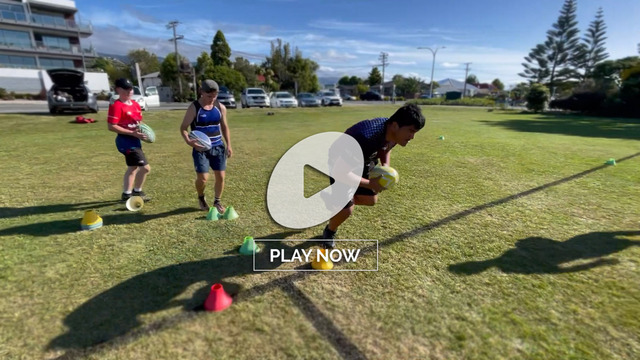
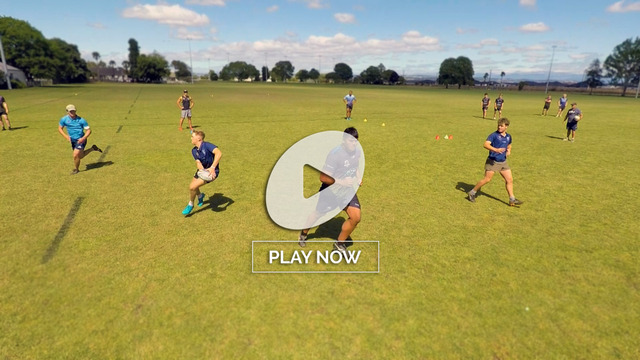
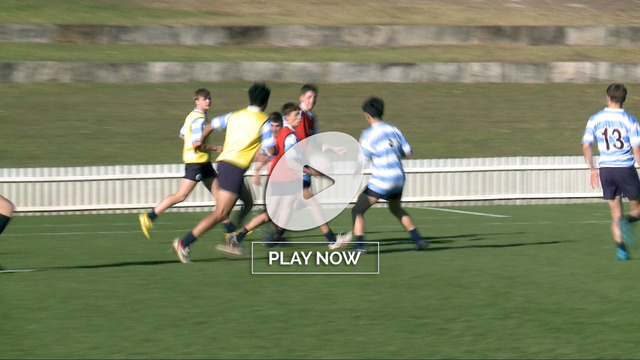
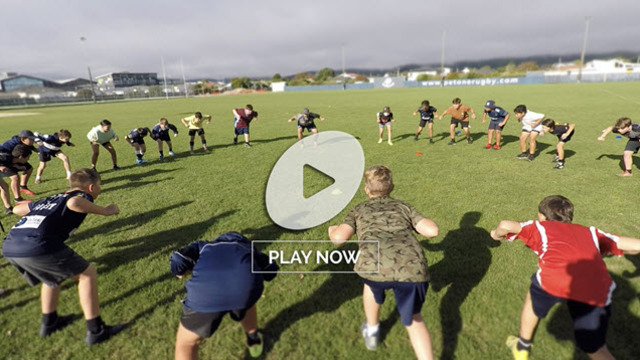
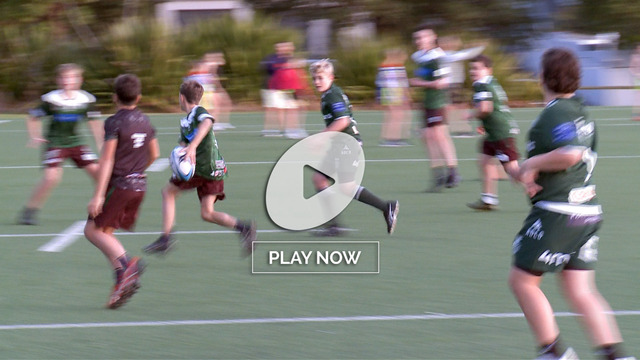
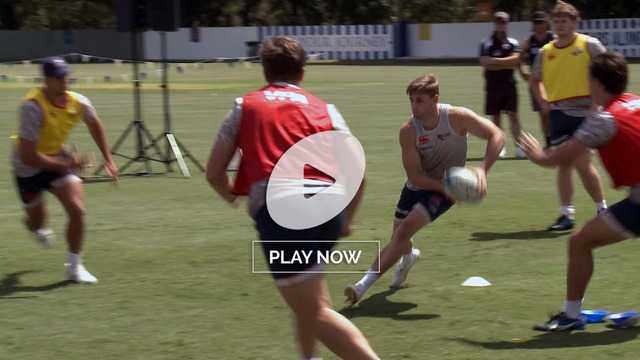
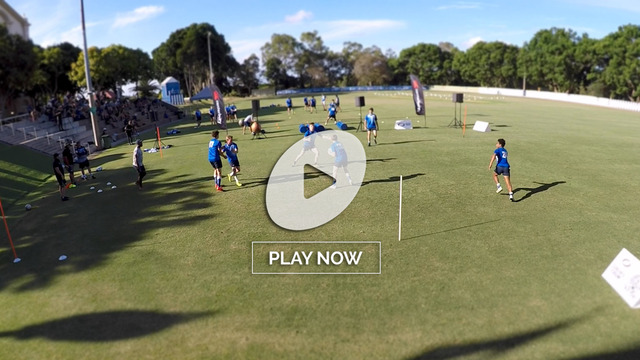
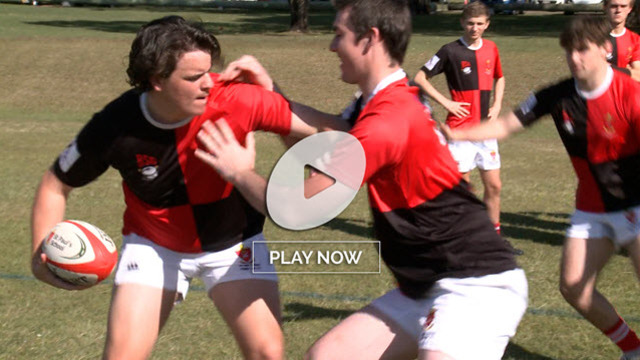
.jpg)
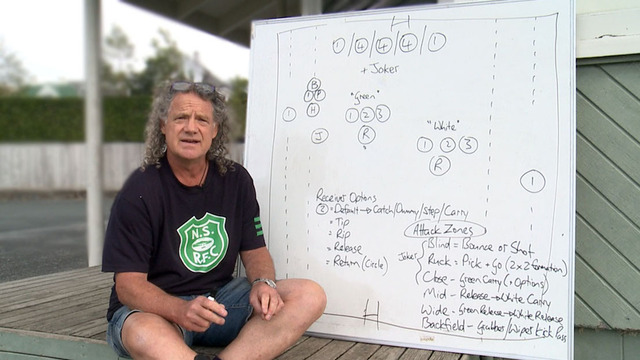
.jpg)
